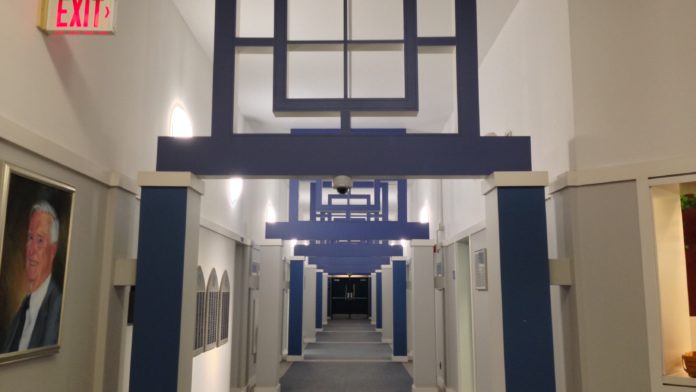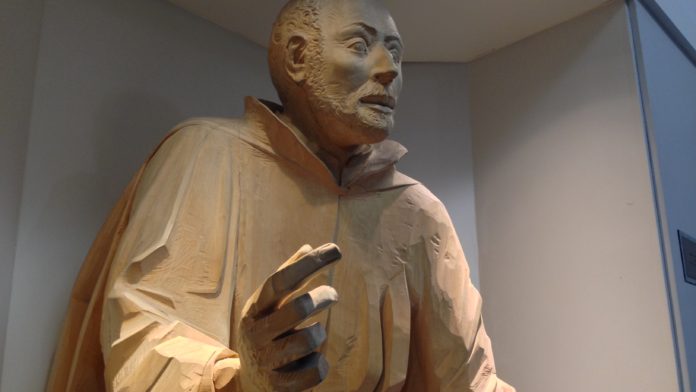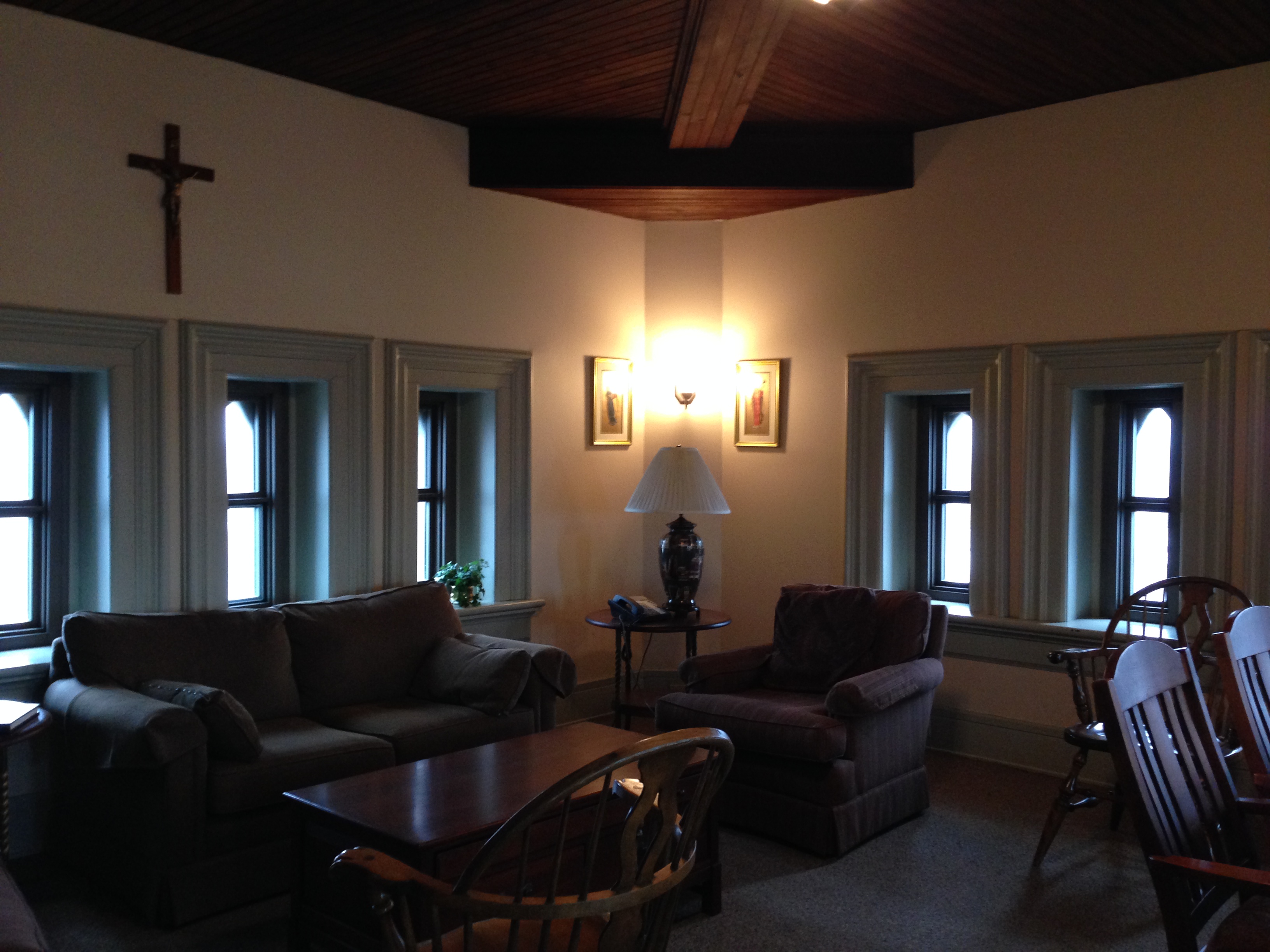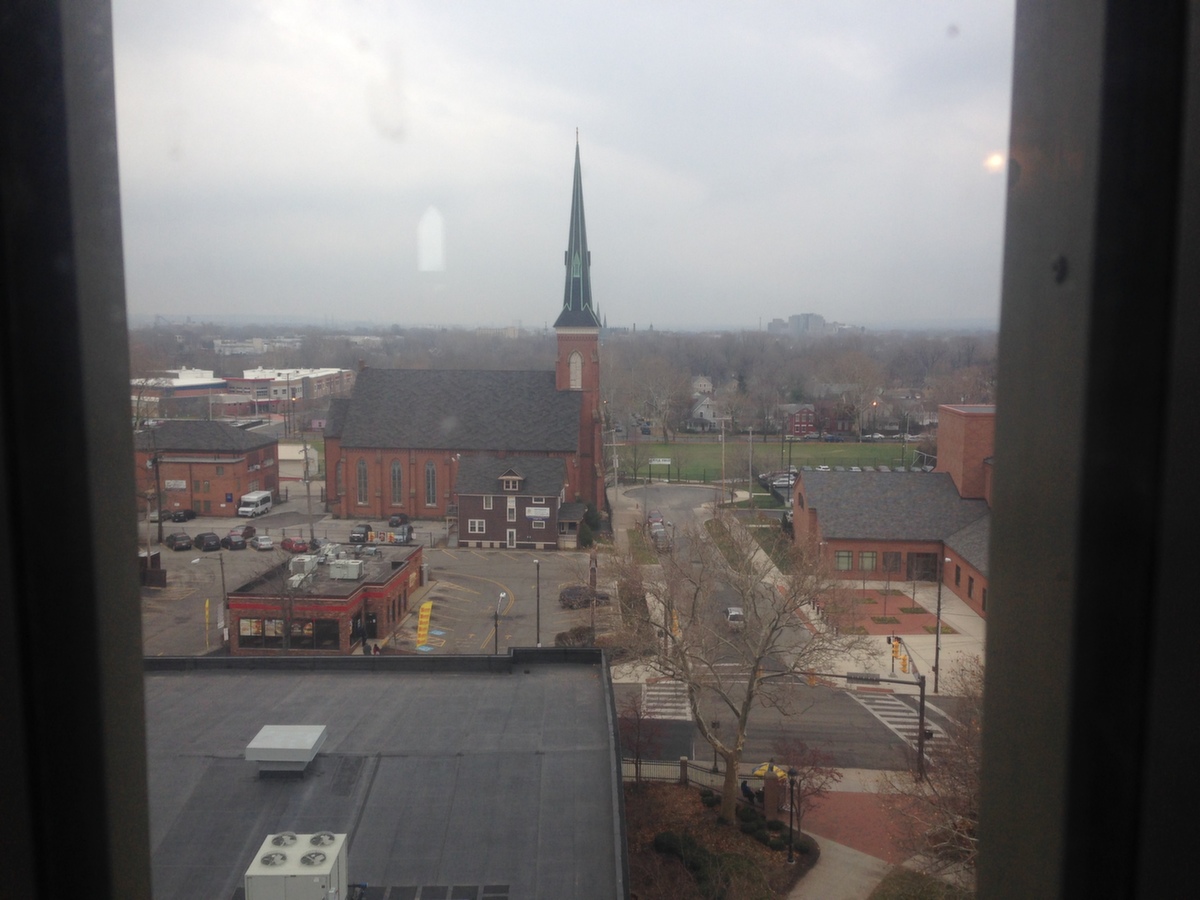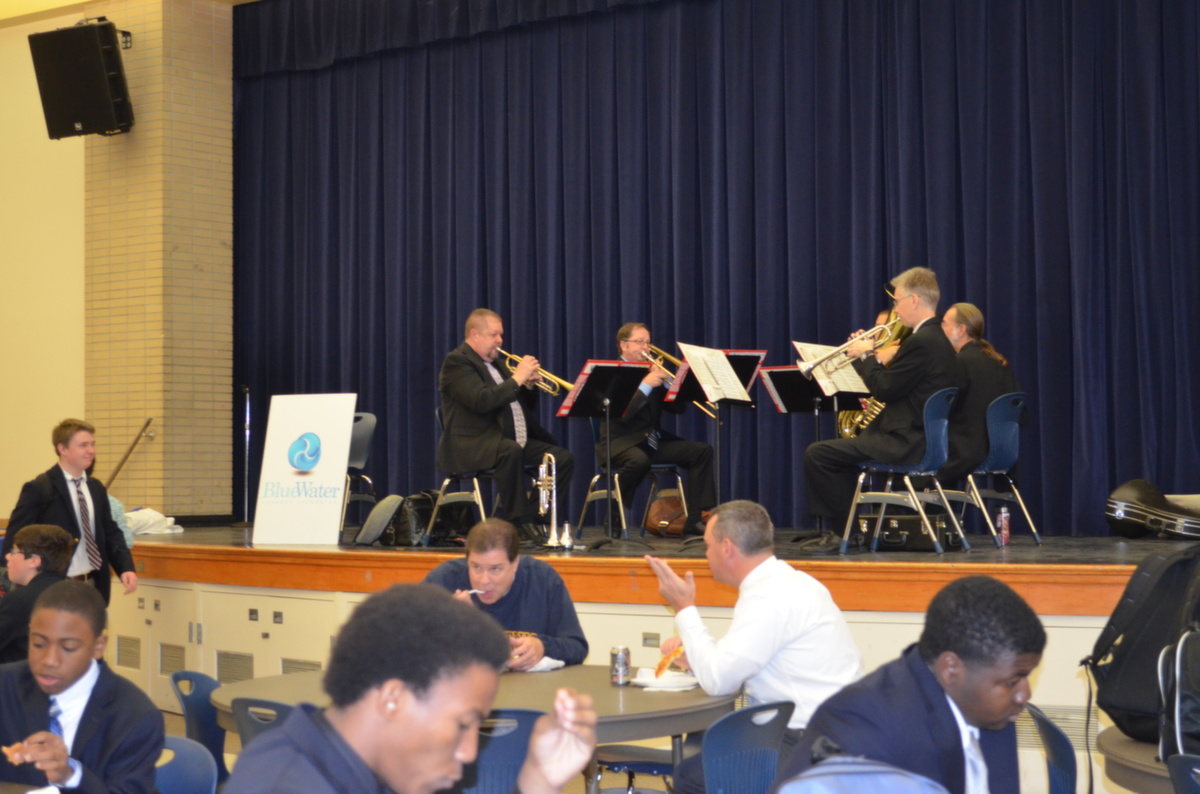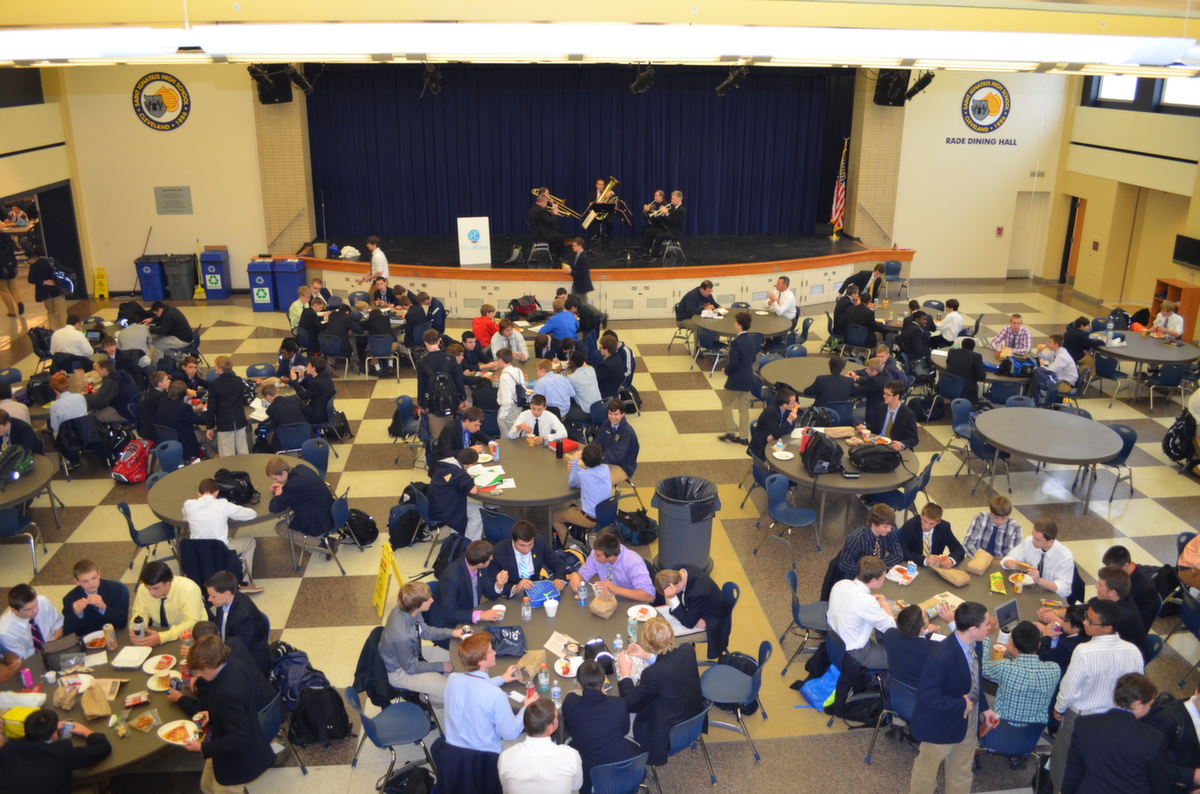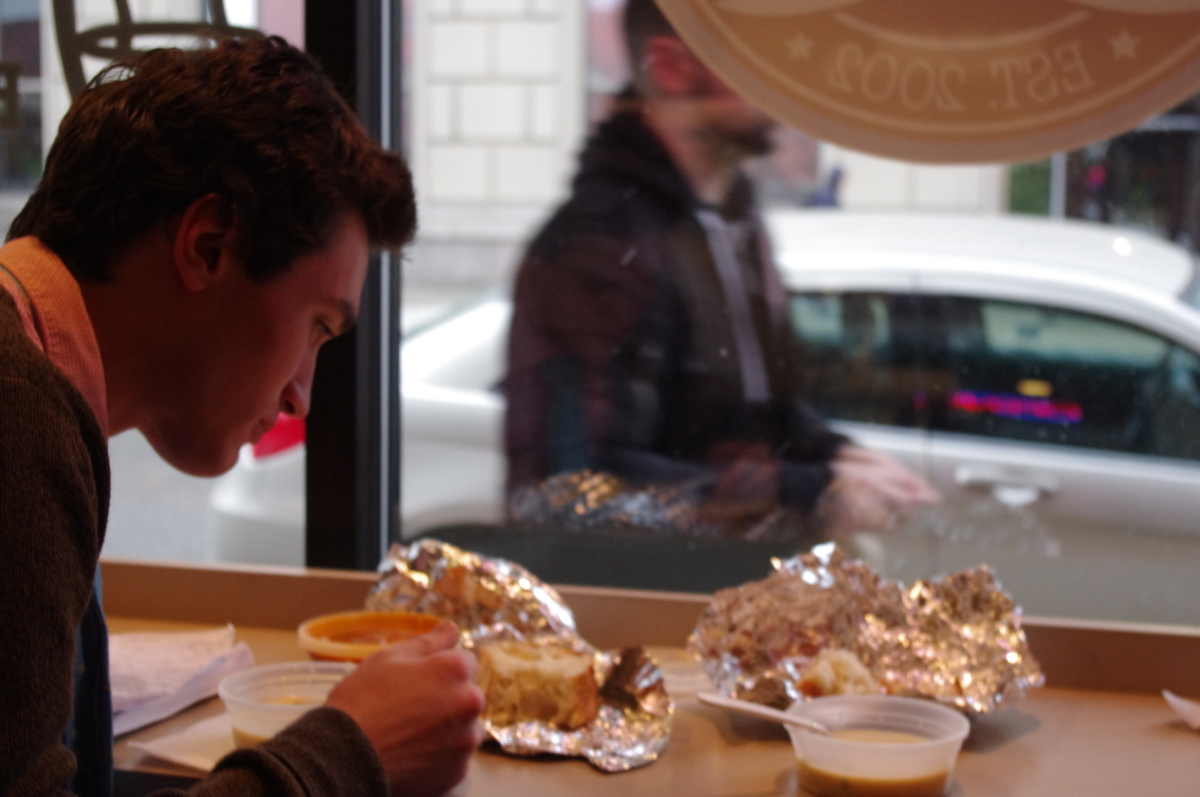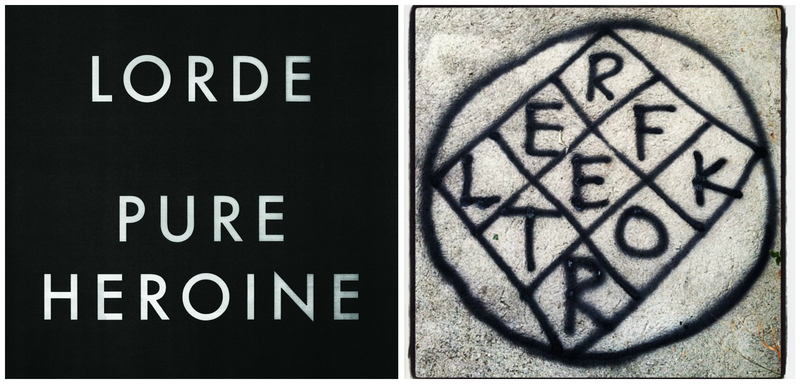by Kellen Dugan ’15
Over the last decade, the median cumulative grade point average (GPA) of the Saint Ignatius graduating class has risen by .25 from 3.28 to 3.53. Although the fraction seems insignificant, that quarter grade-point is essentially the difference between a B+ and an A- average. The criteria for academic honors were recently revised to make it more difficult to achieve honors, and yet there are still more students achieving first honors than second honors. The basis for the significant rise in student grades appears to be rooted in grade inflation.
Although the phrase grade inflation carries a negative connotation, in an academic context grade inflation simply refers to a measurable rise in GPAs. And under that definition grade inflation is objectively occurring at Saint Ignatius, evidenced by both the rising GPAs as well as the skyrocketing number of students achieving academic honors.
Lumping the entire phenomenon under the broad umbrella of grade inflation is too easy. Inflation is happening, but the factors contributing to the phenomenon are up in the air.
Three chief components, according to school officials, stand out as causes for grade inflation at St. Ignatius: the increase in students taking weighted classes ( those falling under the AP and Honors subcategories), societal expectations about classroom measurement, and pressure to succeed.
The first factor, according to Mr. Gavin, Dean of Academics, is self-explanatory: more students are taking their chances in courses that are more difficult but have a weighted boost, and therefore GPAs are significantly increasing.
Mr. Bob Corrigan, History Department Chair and AP US History teacher, said that the framework by which students are judged has shifted.
[pullquote]
“We as a society have changed how we understand what grades mean,” Corrigan said.
[/pullquote]“We as a society have changed how we understand what grades mean,” Corrigan said.
He went on to point out that a C grade, which has always been considered the average, is no longer acceptable for most students. The B has replaced the C, and the only way to demonstrate excellence in academics is the A alone. He says this is not what the grading scale was initially designed to reflect.
The competitive academic atmosphere at Saint Ignatius may have also fostered the expectation that the academic average of a student here is supposed to be higher than at most other schools.
High expectations don’t necessitate inflation, but they do increase pressure to achieve, which is less concrete but nonetheless crucial in the rise in average grades.
The trend behind higher grades has a root in the behavior of teachers as well as students. There is serious pressure on teachers to give better grades, pressure on students to earn better grades (self-influenced and parental), and pressure from society as a whole for everyone at Saint Ignatius to do well.
Mr. Corrigan also said that the expectations of society lead to pressure on teachers to give better grades. Teachers do not want to give hard working students poor grades, especially when those grades do not adequately reflect that student’s knowledge of the material.
He thinks teachers are hesitant in giving low grades because they question themselves and their methods before questioning students’ ability, which tends to contribute to higher grades. From the student point of view, most students feel pressured by society, parents, or themselves, especially at Saint Ignatius, to achieve above average grades.
Being held to a flawed understanding of what grades should reflect may result in students working to earn grades that they might not necessarily deserve, he said. And society expects too much out of students, parents expect too much out of students, and students expect too much out of teachers.
The results of each of these expectations are grades given to students that might not reflect their knowledge of the subject material.
The improvement of cumulative GPAs in and of itself is not negative, but what the increase signifies for academic life on campus is troubling. And some in the administration are concerned.
“When I hear grade inflation, what comes to mind is that students are receiving grades that might not equate with their knowledge of the subject,” Mr. Gavin said.
Since grades are the primary means of differentiating between students’ academic ability, it creates problems for teachers when those grades are no longer accurate.
Mr. Ptak, Dean of Teachers and Honors World History teacher, agrees that inflation is bad under certain circumstances.
“Students who haven’t honestly done the work are reaping the rewards,” Ptak said, “that students who have honestly done the work should be receiving.”
However, Mr. Ptak also brought up that Saint Ignatius defends against inflation to a certain degree with the existing grading scale.
If the current system is flawed, there may be alternatives.
Mr. Corrigan is an advocate of dropping weighted grades, which would absolutely inhibit inflation, but students tend to look down on that alternative and the possibility that it would deprive them of higher, college-ready GPAs.
One option could be a total overhaul to the existing A-F grading system. While this alternative option might solve the inflation problem for now, expectations for classroom success won’t change, and no perfect solution is in sight. But the current, aging grading system, despite inflationary trends, is still functioning, dragging GPAs higher regardless of whether or not students are improving.



